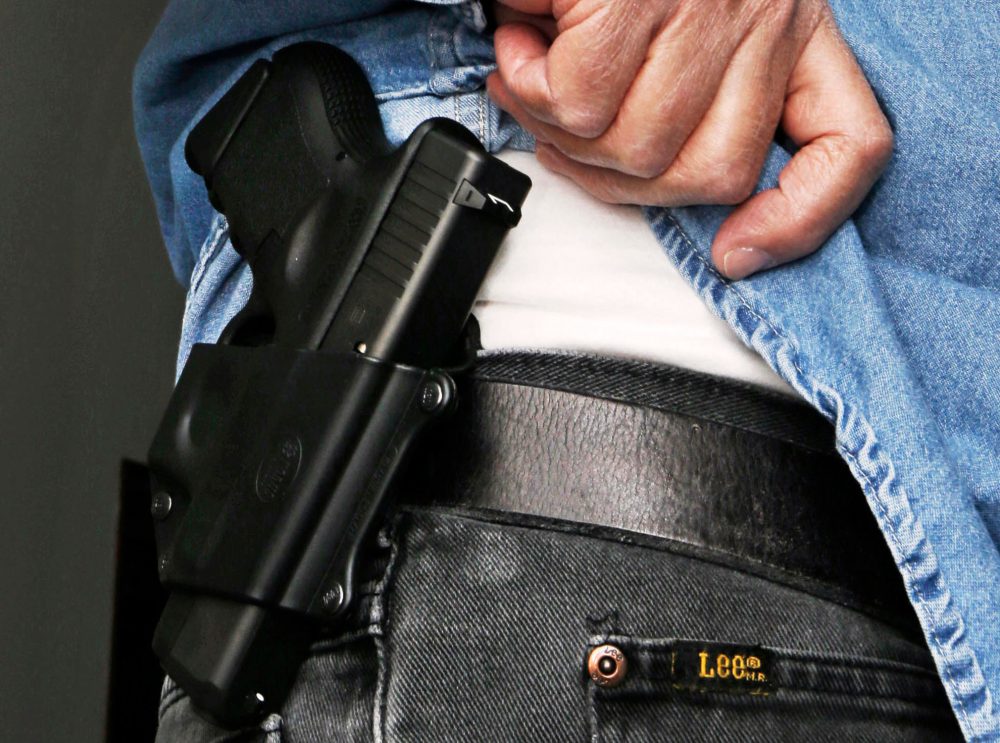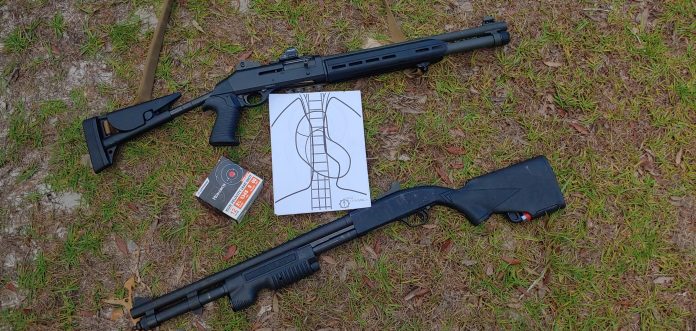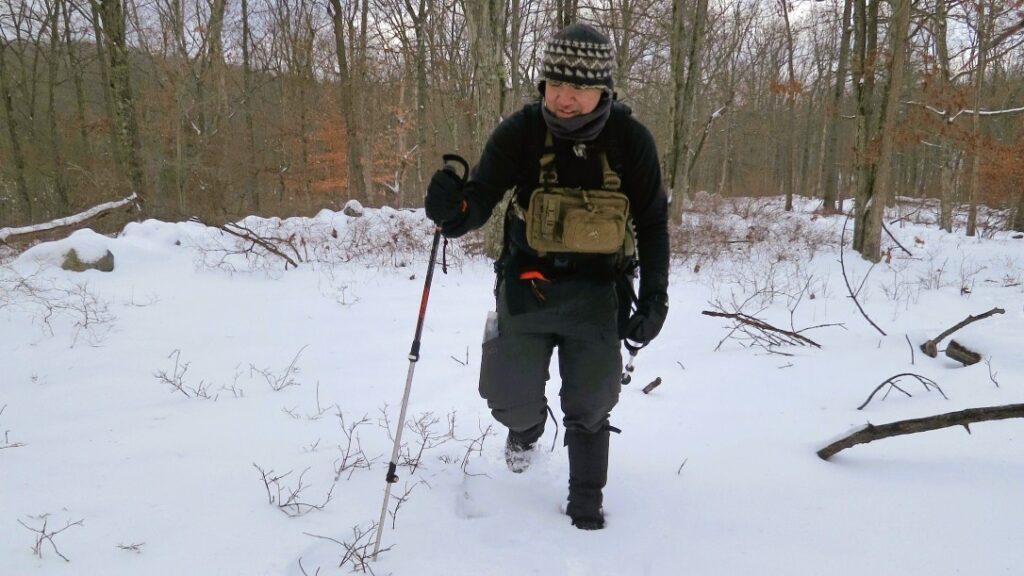“States with relaxed concealed carry laws see spike in violent crimes.” October 5, 2022
“CDC data shows constitutional carry states have fewer total and gun-related homicides.” October 4, 2022
Advertisement — Continue Reading Below
Huh? Sure, they are talking about somewhat different things (“violent crimes” versus “homicides”) yet these typically track each other. And constitutional carry (no permit required) is the ultimate “relaxed concealed carry law”.
According to another study published November 16 by the American Journal of Public Health (of all places) over 6 million gun owners in 2019 were carrying legally daily (and 31 million at least monthly)—twice as many as in 2015. And even more were carrying without permits where they are required than where they “shall be” issued on request. The whole issue has gotten confused, which benefits those who would restrict our right to “bear arms”. (Credit to John Falkenberg at ConcealedNation.org for picking this up.)
The first study, published September 20 by the Johns Hopkins Bloomberg School of Public Health, reviewed 36 states with their definition of loosened carry laws anytime between 1980 and 2019. Their data came from the Federal Bureau of Investigation Uniform Crime Reports and the Centers for Disease Control and Prevention National Center for Health Statistics. They report that in 34 of those states, assaults using firearms increased almost 10%. The finding is specific to whether gun purchases became allowed for those convicted of violent misdemeanors, not all other measures of “looser” carry laws. These states (excluding Kansas and Missouri “due to other significant firearm laws changing around the same time)”. And their “advanced statistical” controls were “synthetic”, i.e., constructed by the researchers who “predicted crime rates derived from data from eight states that had restrictive permitting requirements”. Interestingly, homicides not using firearms increased nearly 9% by the same measures during the same period.
Advertisement — Continue Reading Below
What’s wrong with this picture? It sounds impressive, and the data should be authoritative.
- There were 4 shall-issue states in 1980, only 1 permitless state, 24 may-issue and 21 no-issue states in 1980; the rest did not allow concealed carry, and many of the may-issue states did not in practice. By 2019, there were 42 shall-issue or permitless states. So, by that standard, 20 states loosened their laws during that time period. So the major changes occurred in 17 states, with more minor changes elsewhere.
- Lots of changes in firearm laws, not to mention policing and justice practices, social and economic forces occur through time in all states. That’s why it is so hard to pin down any significant change in consequences from certain kinds of law variables.
- “Advanced” or not, “synthetic controls” based on “eight states that had restrictive permitting requirements in place throughout the study period” means the authors were free to define the standards against which they measure results artificially. The best controls are the same places being studied, before and after the changes.
- Their finding that homicides by firearm increased only about 1% compared to other methods of homicide shows a minimal at best difference made by the “loosened” carry laws because they should affect only crimes committed with firearms. That tiny difference is the only finding, assuming everything else stands up to scrutiny, which we can’t.
The second report is the kind of thing anyone who’s sufficiently interested can do. DRGO writers look up CDC (and FBI) statistics all the time, just as Konstandinos Moros, an attorney who works with the California Rifle & Pistol Association recently did. Now in 2022, 25 states offer permitless carry, and all the others are required to shall-issue permits, though some are fighting back against the Supreme Court’s Bruen ruling on this. So a lot has changed in “relaxing” carry laws to date.
Moros was able to find near-complete national data for 2020, when our tragic violent crime and homicide trends began rising. He looked at the rates of homicides and specifically those involving firearms in the 16 states that then allowed permitless carry. These states had an average overall homicide rate of 6.9 per 100,000 people compared to the national average then of 7.5. That’s despite several high outliers for violence, Mississippi, Missouri and Arkansas with rates of 19.4, 13.1 and 12.2. And, not to our surprise, the average rate of homicide using guns was 5.3 compared to the national average of 5.9. One might even conclude that making guns easier to acquire legally made society more secure!
Advertisement — Continue Reading Below
This is a cross-sectional study, comparing states with varying gun laws at a single time. The first study was longitudinal, looking at states through time. Normally, the latter approach is most meaningful, comparing a single geographic area to its history. But the “synthetic control” did not.
The differences Moros found of .6 per 100,000 in each case are not dramatic, and as always it is most certain to conclude that the spread of permitless carry has not caused any increase in homicide rates, either with or without firearms. But this is a simpler, more straightforward look at reality, not dependent on confusing statistical analysis and his results are clear—freer carry rights do not produce anything resembling bloodbaths and may actually improve citizens’ safety.
Incidentally, Carl Moody of the College of William and Mary in Williamsburg found in 2021 that in the 13 states adopting permitless carry from 2003 through 2019, there was a statistically significant drop in overall murder rate, and a drop (though statistically insignificant) in overall violent crime rates. He evaluated violent crimes, police officer killings, and firearm homicides along with overall murder rates. Maybe American citizens can be trusted to do the right thing with the guns an ever-increasing number cling to.
Advertisement — Continue Reading Below
.
.

Advertisement — Continue Reading Below
— DRGO Editor Robert B. Young, MD is a psychiatrist practicing in Pittsford, NY, an associate clinical professor at the University of Rochester School of Medicine, and a Distinguished Life Fellow of the American Psychiatric Association.















